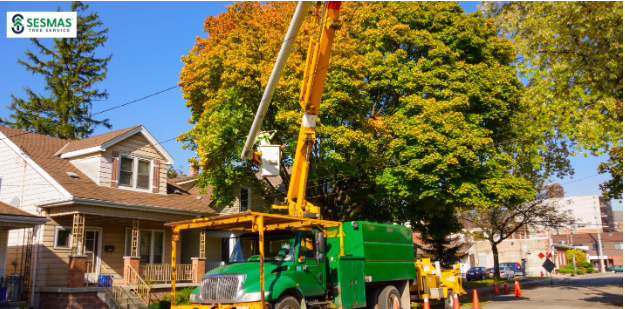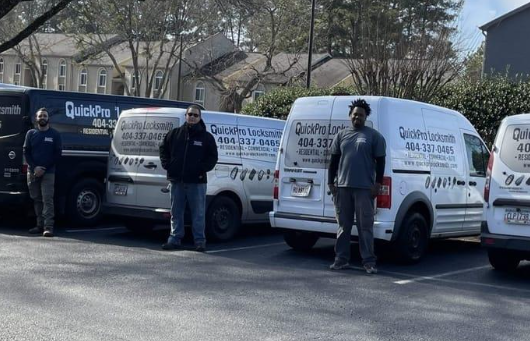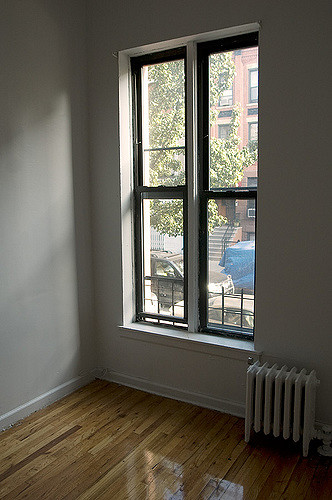How To Identify A Dangerous Tree Before It Falls?

We all agree that trees are a great addition to any property. However, they can be a safety risk in certain situations, more so when they are diseased or damaged. Sometimes, a tree can fall without warning, but most trees will show symptoms of distress before toppling over. As a property owner, it’s better to be safe than sorry. Nothing can throw you into panic like the sound of a large tree crashing onto your roof in the middle of the night.
In today’s blog post, our specialists at Sesmas Tree Service walk you through the signs that a tree may fall. It’s important that you take these warning signs seriously because the safety risks associated with falling trees cannot be overstated. Every year, falling trees result in hundreds of injuries and even deaths.
1. Cracks and Splits
Large cracks in the trunk or major limbs are indicators of structural weakness. Deep vertical fissures suggest that internal decay has set in. A tree with a split trunk or one that’s already started to lose large branches should be examined by a tree service in Cumming as soon as possible.
2. Leaning Trees
A slight lean may not always be dangerous, but if a tree suddenly starts to lean or the angle becomes more pronounced over time, you’ll know it’s time to call an expert. Trees that lean more than 15 degrees from vertical, especially if the lean wasn’t always there, could have compromised root systems or trunk damage. If the soil around the base looks cracked or raised on one side, the tree may be in the process of uprooting.
3. Dead or Falling Branches
One of the most visible warning signs of a failing tree is deadwood. If a tree has several large, dry, and brittle limbs, it may be dying. These branches can fall without warning, even on calm days. Pay special attention to trees that are dropping large limbs or show signs of dieback in the canopy.
4. Root Damage or Soil Disruption
The roots are the foundation of a tree’s stability. If you see exposed roots, root rot, or signs of fungal growth around the base, the tree could be at risk of falling. Construction work, digging, or compacted soil near the root zone can also destabilize a healthy tree over time.
5. Fungus and Rot at the Base
Mushrooms, shelf fungi, or other decay organisms growing at the base of a tree are a common sign of internal rot. When the wood inside begins to decay, the tree loses strength and can fail unexpectedly. This kind of decay isn’t always visible on the outside, which is why it’s important to schedule regular inspections with a reputable tree service in Cumming.
6. Insect Infestations
Termites, carpenter ants, and boring beetles love dead or decaying wood. If your tree is harboring these pests, it could already be compromised. Look for holes in the bark, sawdust-like material near the base, or increased bird activity as signs of infestation.
7. Storm Damage
Trees that have been hit by lightning, high winds, or heavy snow and ice may have hidden structural damage. Broken branches, stripped bark, and hanging limbs are all reasons to have the tree evaluated. Even if the damage seems minor, it could affect the tree’s balance and lead to future problems.
Contact Your Local Tree Experts Today
Are you looking for a tree company to help you remove a dangerous tree on your property? If so, look no further than Sesmas Tree Service. Perhaps the tree has a leaning trunk, or maybe it appears dead. No matter the case, it’s best to work with a trusted tree service in Cumming when you need tree removal.
Sesmas Tree Service is a locally owned and operated tree company that is renowned for offering a wide range of tree services, including emergency tree removal, tree risk assessment, tree trimming, tree planting, stump grinding, and many more. Contact us today if you need a tree removal expert in Cumming.









